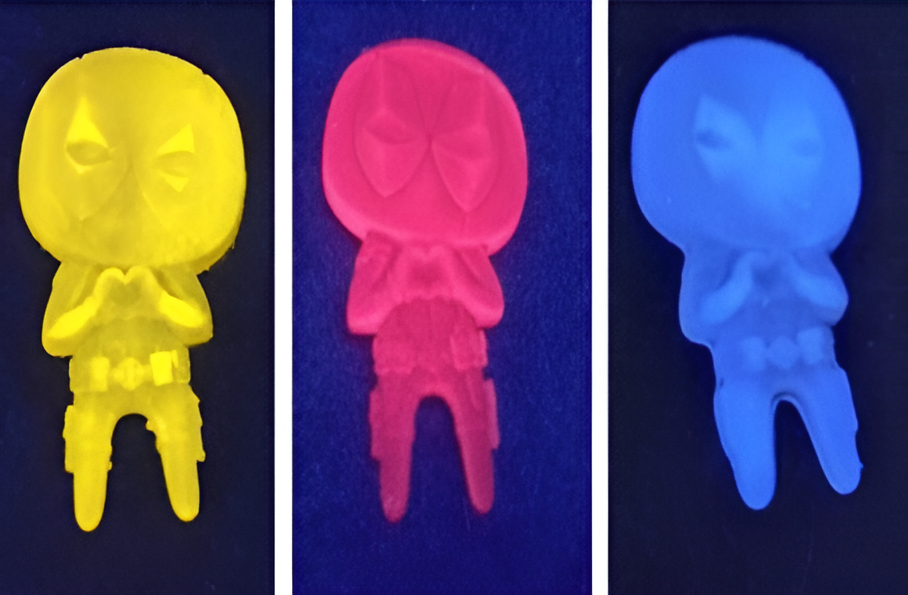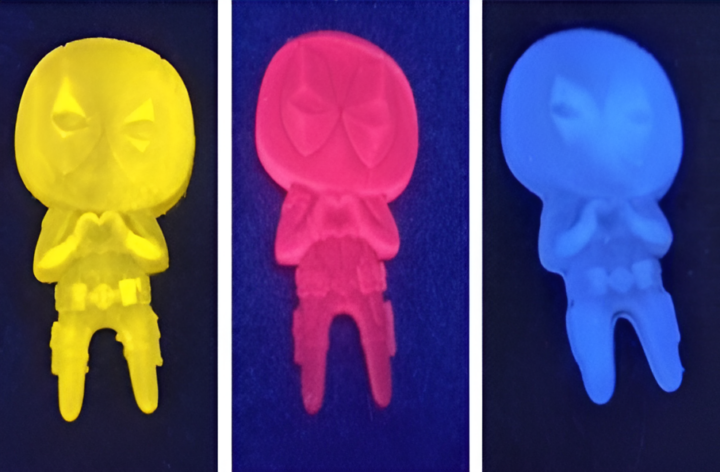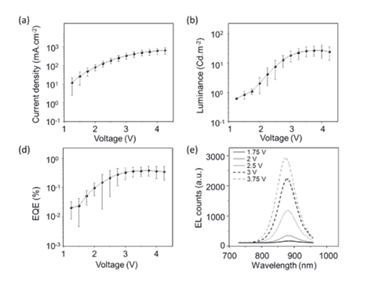Perovskite nanocrystals (PNCs) have emerged as highly desirable luminescent materials due to their exceptional properties, including a high photoluminescence quantum yield (PLQY), a narrow PL bandwidth, and dynamic surface chemistry. These characteristics render them ideal for optoelectronic devices, particularly PeLEDs. However, PNCs encounter challenges associated with the aging process, which leads to surface defects and a decline in PL properties. Various strategies have been employed to enhance the stability of PNCs, unfortunately, many of these methods involve toxic materials or complex procedures.
With these challenges in mind, researchers from Universitat Jaume I (Spain) have developed two novel technologies:
The first technology consists of a method for preparing surface-passivated perovskite nanocrystals using tocopherols, resulting in a material with outstanding photoluminescence properties and stability.
This pioneering method is applicable to various types of PNCs and even introduces a new synthesis protocol for vacancy-ordered double halide PNCs. Importantly, it opens possibilities for using PNCs in additive manufacturing by developing specific ink formulations.

For the second technology, researchers have developed a non-toxic method for synthesizing organic-inorganic tin (Sn) and halide (F, Cl, Br, I) perovskites.
This method utilizes tin monoxide (SnO) as a raw material and carboxylic acids as solvents. The perovskites produced are characterized by high purity, quality, and ambient stability.
The invention also extends to the production of thin films and coatings from these synthesized tin-halide perovskites. These thin films are suitable for depositing on various substrates, possessing optoelectronic properties ideal for the fabrication of optoelectronic devices, including PeLEDs.
NIR PLED performance of FASnl3 perovskite, the plots of current density-voltage (Fig a), luminance-voltage (Fig. b), EQE-voltage (Fig. c), and EL spectra at different applied voltage (Fig. d)
A Spanish Patent application has been submitted in 2022 for the first technology and in 2023 for the second. The current TRL for both inventions is 3. Both technologies been validated at experimental level in the laboratory.
Benefits of the method for preparing surface-passivated perovskite nanocrystals using tocopherols:
- Efficient Passivation
- Recovery of Aged PNCs
- Improved Stability
- Non-Toxicity
- Utilizing cost-effective tocopherols
Benefits of the non-toxic method for synthesizing organic-inorganic tin and halide perovskites.
- High Photoconversion Efficiency
- Low-Temperature Synthesis
- Earth-Abundant Materials
- Long-Term Stability
- Non-Toxicity
The represented institution is looking for a collaboration that leads to commercial exploitation of the presented invention.
Institution: Universitat Jaume I
TRL: 3
Protection status: Patent Application
Contact: Laura Núñez / laura@viromii.com


